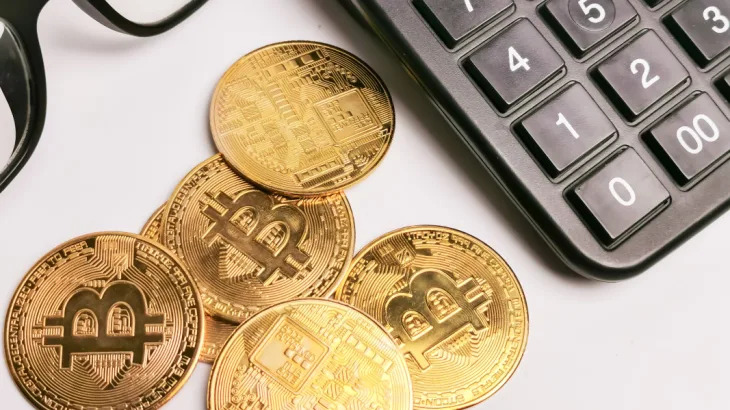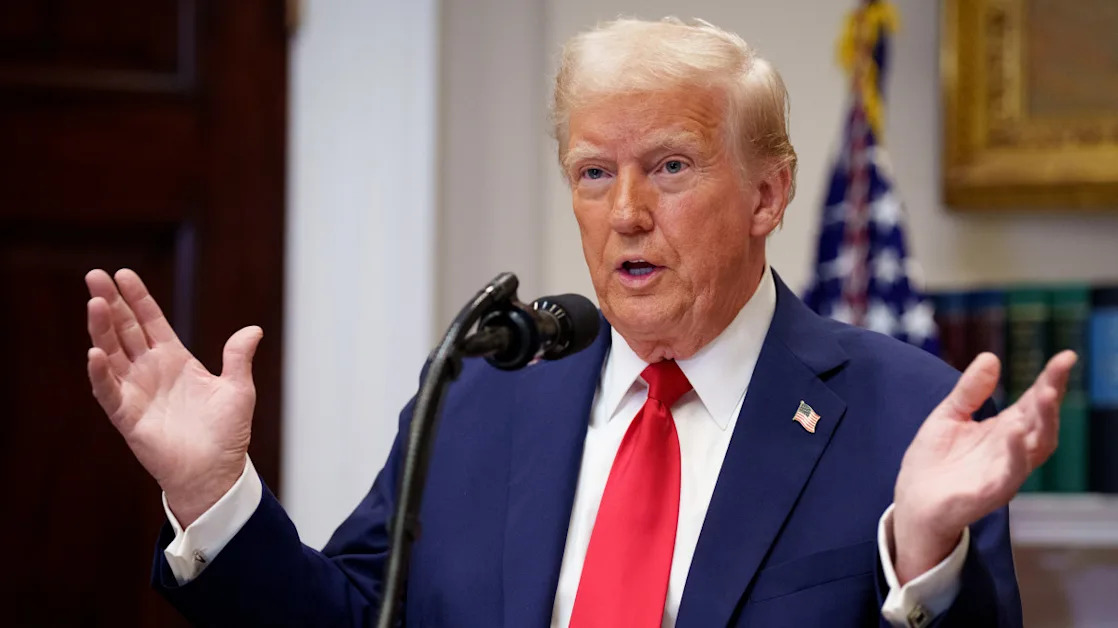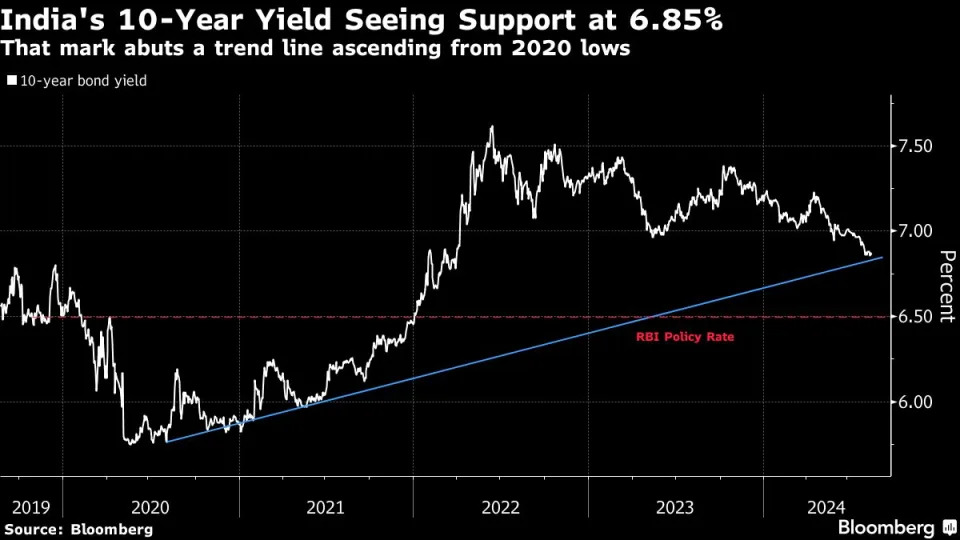(Bloomberg) -- Subscribe to Economics Daily for the latest news and analysis.
The pace of inflation in Tokyo accelerated from the previous month to the fastest pace in two years, supporting the Bank of Japan’s rate-hike stance that is now complicated by uncertainty stemming from US tariff measures.
Consumer prices excluding fresh food gained 3.4% in the capital in April from a year earlier, as a mixture of impacts from last year’s school fee cuts and higher food and energy costs pushed up prices, according to a Ministry of Internal Affairs report released on Friday. The result beat the median economist forecast of 3.2%. Overall inflation quickened to 3.5% from 2.9% in March.
The latest reading of Tokyo’s inflation, a leading indicator for national price gains, comes as uncertainty over US President Donald Trump’s tariff campaign weighs on the BOJ’s plan to further scale back monetary easing with gradual rate hikes.
Inflation has remained steadily above the BOJ’s 2% target, with the nationwide core measure accelerating to 3.2% in March, but the barrage of US levies is raising growth risks around the world and could make it difficult for policymakers led by Governor Kazuo Ueda to press ahead with rate hikes.
“There is no sign of weakening in inflation from this data,” said Toru Suehiro, chief economist at Daiwa Securities. “With inflation staying solid, the BOJ is likely to convey at its policy meeting next week its intention to raise rates once uncertainties from tariffs go away.”
Central bank officials see little need to change their stance on gradual rate increases for now despite the trade uncertainty, according to people familiar with the matter.
Still, BOJ watchers forecast a delay in rate hikes and a lower level at the end of the cycle, the latest Bloomberg survey shows. All 54 economists polled expect no policy change at the two-day meeting ending on May 1.
What Bloomberg Economics Says...
“Make no mistake, this Tokyo CPI print was hot — and the Bank of Japan will take note. The chance of a rate hike at next week’s meeting is still low (we expect a hold), but the surprisingly sharp run-up in inflation raises the tail risk slightly.”
— Taro Kimura, economist
High-school tuition boosted overall inflation by 0.48 percentage point, according to Friday’s report. Non-fresh food items rose 6.4%, with rice prices soaring 93.8%. The spike in the price of the nation’s staple food has drawn widespread public concern, and Japan earlier this month imported the grain from South Korea for the first time since 1999. Food inflation persists as the US is seeking greater access to Japan’s agricultural markets as part of its trade negotiations.
Energy costs rose 9.4% due to a drop in government subsidies, adding 0.17 percentage point to overall inflation compared to the previous month. Prime Minister Shigeru Ishiba’s plans for relief measures will likely continue to distort inflation figures for gasoline and utilities ahead.
“You have to take into account special policy factors playing into this from high school tuition to reduced utility subsidies by the government,” said Daiwa’s Suehiro. “But businesses are continuing to pass their costs onto consumers.”
Service prices, a key gauge of underlying inflation gained 2% — the biggest jump in more than a year. Nationwide, service prices among businesses stayed elevated in March, indicating sustained inflationary pressures before the impact from the US tariffs kicks in — something the BOJ will monitor closely.
Businesses continue to pass their costs on to consumers. The number of price increases in food products will exceed 4,000 for the first time in 18 months at the start of the new fiscal year in April, according to a survey of major food companies by Teikoku Databank.
The yen’s recent gains against the US dollar are likely to ease import costs and cool inflationary pressure. But the stronger currency may also cut into exporters’ earnings and call into question their ability to raise workers’ wages. Robust wage gains have been a key factor behind the BOJ’s interest-rate hikes.
(Updates with more details from report, economist comments)





